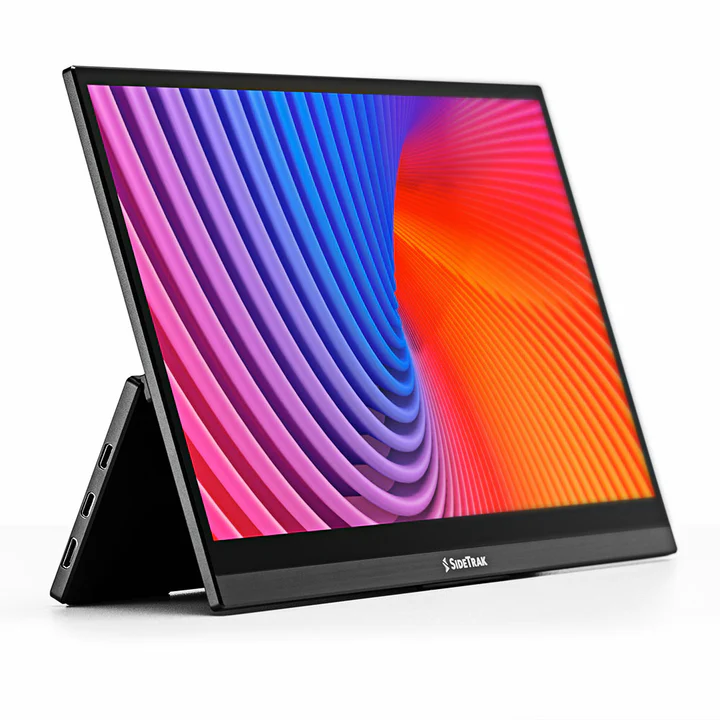The Fundamentals of Solo Touch Typing
Solo touch typing is the technique of typing without the need to look at the keyboard, relying instead on muscle memory to locate keys. This skill is particularly valuable in today’s digital world, where efficient and accurate typing can significantly enhance productivity. The importance of solo touch typing cannot be overstated, as it allows individuals to communicate more effectively, complete tasks more quickly, and reduce the risk of repetitive strain injuries associated with improper typing techniques.
The foundation of solo touch typing lies in proper hand positioning. The fingers should be placed on the home row keys, with the left hand resting on A, S, D, and F, and the right hand on J, K, L, and ;. From this position, typists can reach all other keys with minimal finger movement, promoting speed and accuracy. Familiarity with the keyboard layout is equally crucial; understanding the location of each key helps build the muscle memory necessary for efficient typing.
Muscle memory is the cornerstone of solo touch typing. By repeatedly practicing the same finger movements, typists can develop a subconscious familiarity with the keyboard, allowing them to type quickly and accurately without looking. This process is facilitated by various typing exercises designed to reinforce correct finger placement and movement patterns. Exercises often focus on specific rows of the keyboard, gradually increasing in complexity to include more advanced key combinations and words.
The benefits of mastering solo touch typing are manifold. Increased typing speed allows for faster communication and task completion, while improved accuracy reduces the need for time-consuming corrections. Additionally, proficient touch typists can maintain their focus on the screen, enhancing overall productivity by minimizing interruptions.
For beginners, numerous tools and exercises are available to aid in skill development. Online typing tutors, software programs, and mobile apps offer structured lessons and practice sessions, often incorporating games and timed tests to make learning engaging and effective. Setting realistic goals and tracking progress can help learners stay motivated and measure their improvement over time. By breaking down the learning process into manageable steps, beginners can steadily build their proficiency in solo touch typing.
Advanced Strategies and Practicing for Solo Touch Typing
Mastering solo touch typing requires not only foundational skills but also advanced strategies to enhance both speed and accuracy. One effective method is to utilize specialized typing software and online platforms designed for advanced practice. These tools often feature comprehensive exercises, real-time feedback, and progress tracking, providing a structured approach to refining your skills. Through consistent use, individuals can significantly improve their typing efficiency and precision.
Ergonomics plays a crucial role in solo touch typing, impacting both performance and long-term health. Proper sitting posture involves sitting up straight with feet flat on the floor, elbows bent at a 90-degree angle, and wrists held in a neutral position. Positioning the keyboard correctly—ideally at or slightly below elbow level—helps prevent strain and injury. Incorporating regular breaks and stretching exercises can mitigate finger fatigue, ensuring sustained performance during extended typing sessions.
Overcoming common challenges is integral to mastering solo touch typing. Finger fatigue, often experienced during prolonged typing, can be alleviated through regular breaks and finger exercises designed to improve dexterity and strength. Dealing with difficult keyboard layouts, such as those found on different devices or in various languages, requires adaptability. Practicing on multiple keyboard types and familiarizing oneself with different layouts can enhance versatility and confidence.
Success stories from individuals who have mastered solo touch typing highlight the long-term benefits of dedicated practice. Many users report increased productivity, reduced error rates, and greater confidence in their typing abilities. Testimonials often emphasize the importance of persistence and the positive impact of advanced strategies and ergonomic practices on their journey to proficiency.
In conclusion, refining solo touch typing skills necessitates a combination of advanced techniques, ergonomic awareness, and overcoming common obstacles. By leveraging the right tools, maintaining proper posture, and persistently practicing, individuals can achieve remarkable improvements in both speed and accuracy. Continual practice and dedication are key to mastering this essential skill.

